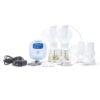Breastfeeding Norms Around The World (2023)

Breastfeeding Norms Around The World
The World Health Organization (WHO) breastfeeding statistics show that only 41% of babies under six months experience exclusive breastfeeding (EBF). With various cultural beliefs, it is not surprising that breastfeeding norms differ from one culture to another. Do different beliefs and practices globally affect this statistical data? Or is it simply a choice of parents, given how demanding life can be?
Cultural Differences in Breastfeeding Around the World (H2)
Our world is full of a wide variety of gorgeous, complicated, drastically different cultures and histories – all of which have an impact on what is considered ‘normal’ when it comes to breastfeeding. For example, one stark difference around the world is the length of time that mothers consider appropriate to breastfeed.
In Turkey, mothers generally breastfeed their babies for 12 to 24 months, while mothers in France prefer 3 to 6 months. Other countries such as China, the United States, and the United Kingdom prefer breastfeeding until 6 to 12 months – although the WHO recommends it for the first two years of an infant’s life. Meanwhile, 91% of mothers in Canada initiate breastfeeding, but 40-50% of Canadian moms stop after 6 months.
These differences in the length of time aren’t the biggest contrast in breastfeeding norms around the world – keep reading for a sampling of some interesting cultural practices from around the globe when it comes to breastfeeding.
Breastfeeding Norms in Asia
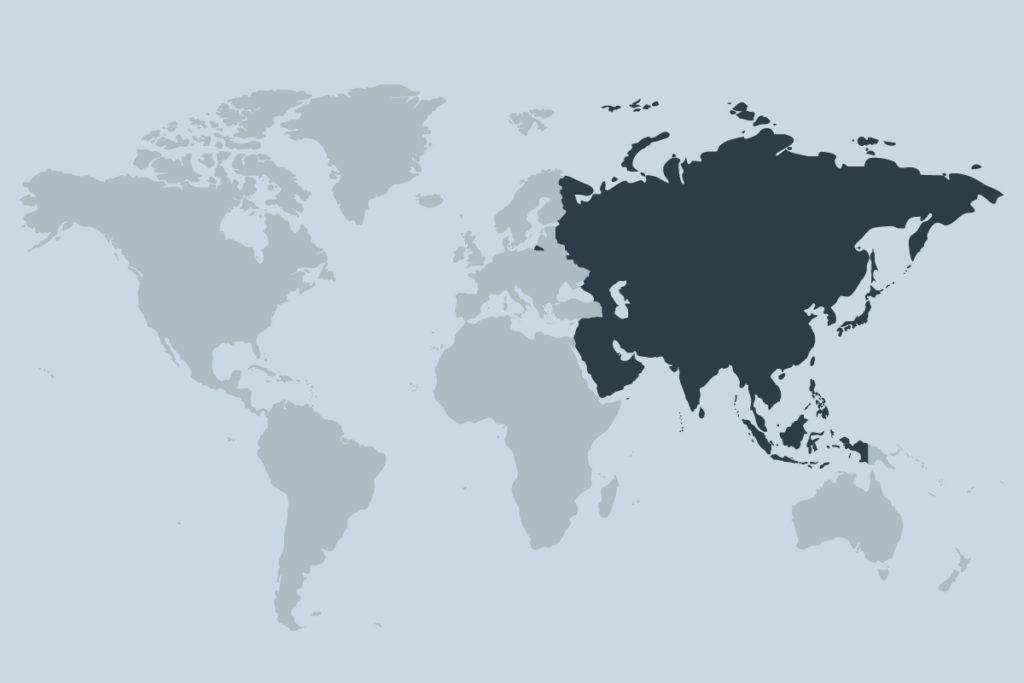
Japan
One of the rituals in Japanese breastfeeding culture is the Oketani Method. Ms. Sotomi Oketani developed this breastfeeding massage style to help with milk production. The techniques used in this massage improves breast condition, which Oketani believed enables the baby to drink more deeply. They also have weaning rituals, including painting shapes and faces on the breast, to discourage the baby from sucking as they wean. An especially interesting study shows that pet ownership in Japan can hinder the breastfeeding relationship.
Philippines
In the Philippines, the breastfeeding program is one of the top priorities of the country’s Department of Health. While Filipino mothers are encouraged to breastfeed their babies for up to 6 months exclusively, a high percentage of employed Filipino mothers practice mixed feeding their infants, as this study shows. Some parts of the Philippines also practice a lactation technique to increase milk supply by stroking sugar cane stalks or crushed papaya leaves over the mother’s breasts.
It is illegal to advertise infant formula in the Philippines under EO 51 – “the Milk Code.” The government established the Executive Order to promote breastfeeding throughout the archipelago. While meant to promote the benefits of breastfeeding, this law may have an unfortunate effect on moms who cannot breastfeed or choose not to, as they don’t have any access to formula information. Such information is vital for parents to choose the best brand and options for their babies’ health.
India
In some parts of India, it is believed that colostrum is unclean and harmful to a child’s health. Thus, mothers often express their colostrum and throw it away in rural West Bengal. The same study also found that many mothers do not initiate breastfeeding until two to three days postpartum because of the belief that the mother’s milk is not yet ready. Instead, infants were given hot water, tea, goat/cow milk, or honey, among others. Adults feed newborns with these liquids to help clean their system of swallowed wastes and other impurities while inside the womb.
Breastfeeding Norms in Africa
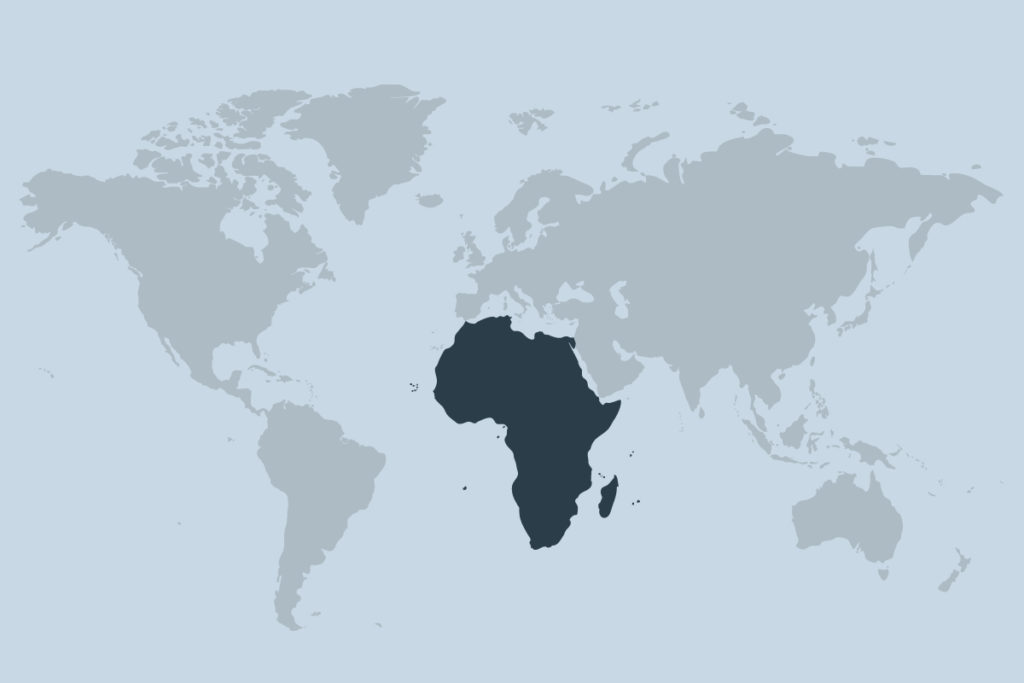
Sierra Leone
A fascinating pageant for breastfed babies started in Sierra Leone in the early 2000s to promote breastfeeding. The fun pageant showcases babies with chubby cheeks and legs, and the babies can win awards. The pageant encourages women to breastfeed, preventing malnutrition in a country with one of the highest child mortality rates in the world, and one of the lowest rates of EBF.
Namibia
An ancient tribe in Namibia called Himba has practiced EBF for several generations. Women move in with their mothers during the latter part of their pregnancy to be guided through the journey of motherhood, including breastfeeding. As a result, the Himba tribe has an almost 100% EBF rate.
Republic of Congo
The Aka Tribe of the Republic of Congo has a unique practice that allows the fathers to “breastfeed” their children. The tribe practices gender equality, and the children are incredibly close to both parents. As such, fathers often allow their little ones to suck on their nipples to provide comfort, despite the absence of milk.
Breastfeeding Norms in Europe
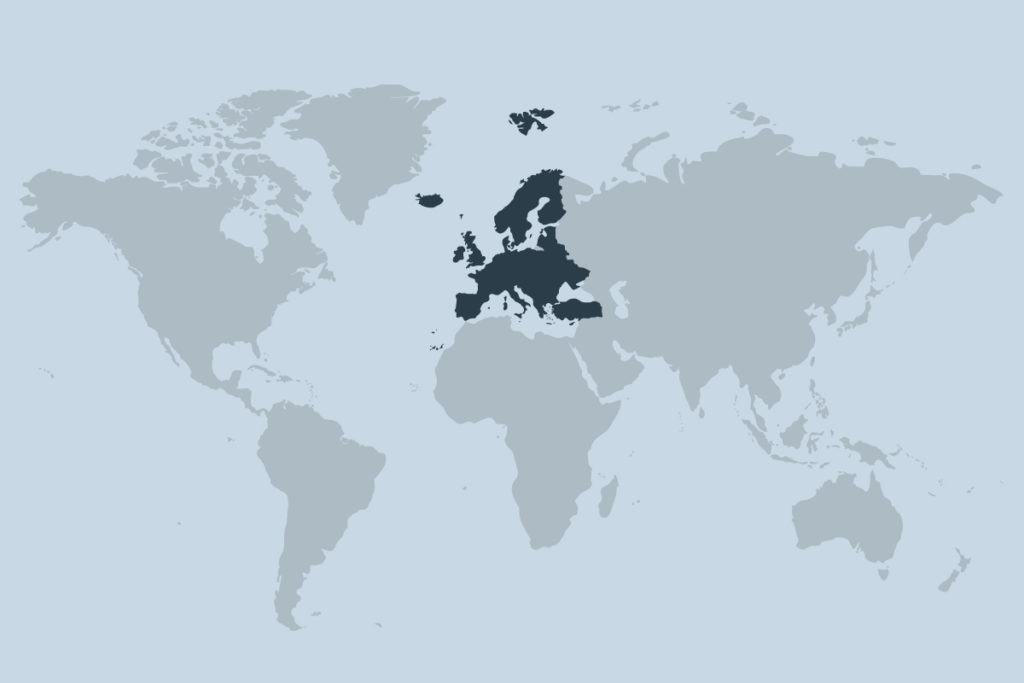
Italy
Italian mothers do not shy away from breastfeeding publicly. Public breastfeeding is welcome in the country and considered very natural. Indeed, the country has advocated breastfeeding for centuries. Renaissance paintings such as Leonardo da Vinci’s Madonna Litta show the Blessed Virgin Mary breastfeeding baby Jesus. Even the current Pope Francis has encouraged mothers to “breastfeed without fear.”
Norway
Norway enjoys a high breastfeeding rate, with only 1% of Norwegian babies not being breastfed. Norway has several laws that allow for higher breastfeeding success rates, including paid parental leave of 46 to 56 weeks. Breastmilk donation is also common in the country and mothers are compensated for the milk they donate to milk banks.
The United Kingdom
The United Kingdom has one of the lowest breastfeeding rates in Europe. Some theories suggest that this is because some British mothers only view breastfeeding as normal in countries or situations where parents cannot afford to buy formula milk. Breastfeeding views are also affected because of contradictory opinions, culture, and the lack of peer support among British women.
Breastfeeding Norms in the Americas
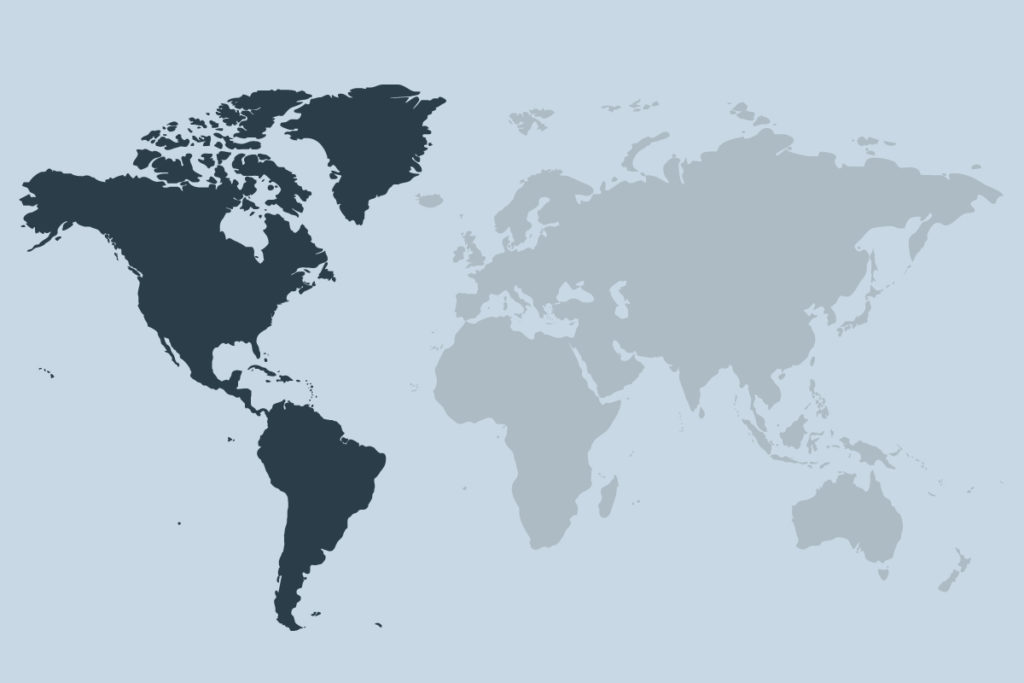
Brazil
Brazil has opened up to public breastfeeding over the years, which has greatly improved children’s health. The country has the most milk banks globally, numbering over 200. The government also bans the advertising of infant formula and penalizes businesses that shun or discriminate against breastfeeding women.
Guatemala
Like India, many women in Guatemala believe that colostrum is not clean and discard it. Guatemalan women provide their babies with liquids like coffee, soda, and sugar water during the first days of life. For the few moms who practice breastfeeding, some provide EBF until the babies are about 8 to 12 months old before introducing solid foods. Some continue breastfeeding until toddler years due to financial constraints of not being able to afford food.
Canada
First Nations in Canada traditionally breastfed their babies. Historically, First Nations mothers breastfed until their babies started getting all their required nutrition from solid foods, or until the mom got pregnant again. Usually, this means that breastfeeding duration typically lasted three to five years. Cultural shifts and the availability of food sources, including formula milk, have affected this tradition. A 2006 report showed that only 66% of Inuit children were initially breastfed compared to the country’s average of 80%. Currently, there is a movement to reclaim what has been lost as First Nations communities work hard to bolster their breastfeeding culture once again.
The Importance of Information
Some mothers decline to breastfeed due to their ancestors’ practices over the years, while some employed moms have a hard time balancing work and breastfeeding duties. Cultural and physical factors may affect what is considered ‘normal’ when it comes to breastfeeding around the world. Whatever feeding method a mother chooses, the bottom line should always be the child’s welfare. It is vital for parents to be able to access relevant information for both breastfeeding and formula feeding. This ensures that babies dare given the proper nutrition regardless of how they are fed. Fed is always best, no matter how it happens.






